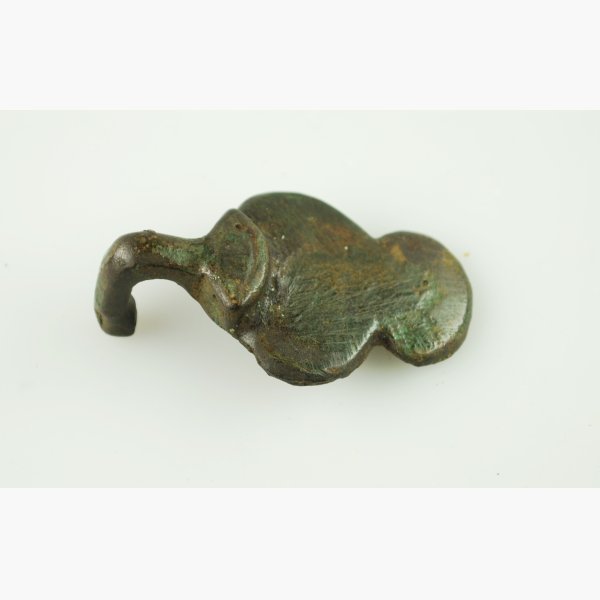
Escutcheons

Hanging Bowl Escutcheon

Bucket Mount

Amber and Glass Beads

Mount

Mount

Sword Pommel Cap

Gold Bead

Bracteate Pendant

Bracteate Pendant

Cruciform Brooch

Florid Cruciform Brooch

Annular Brooch

Great Square Headed Brooch

Cruciform Brooch

Equal Arm Brooch

Bow Brooch

Viking Strap Fitting

Viking Strap Mount

Viking Strap End

Viking Strap Distributor

Viking Disc Brooch

Finger Ring

Viking Hooked Tag

